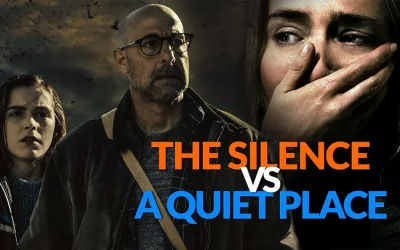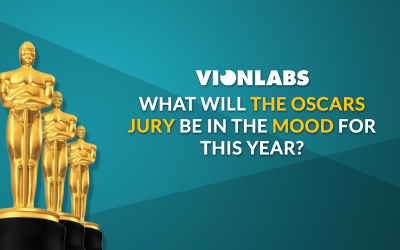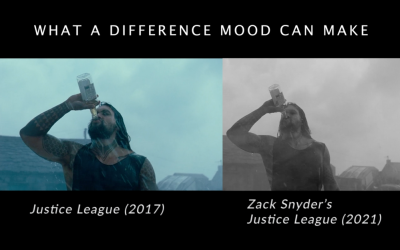Godzilla vs. Kong – A Video Content Analysis: Many things can be said about Adam Wingard’s Godzilla vs. Kong (2021). In this 2 hour long action-packed MonsterVerse story of Godzilla and Kong going head to head as “there can only be one”, the audience is left confused, but also massively entertained. The film has quickly turned out to be the number one box office hit of the pandemic, rising to $358M Worldwide.
Can data about Godzilla Vs. Kong’s stress levels as well as positive and negative emotions tell us anything about its current success?
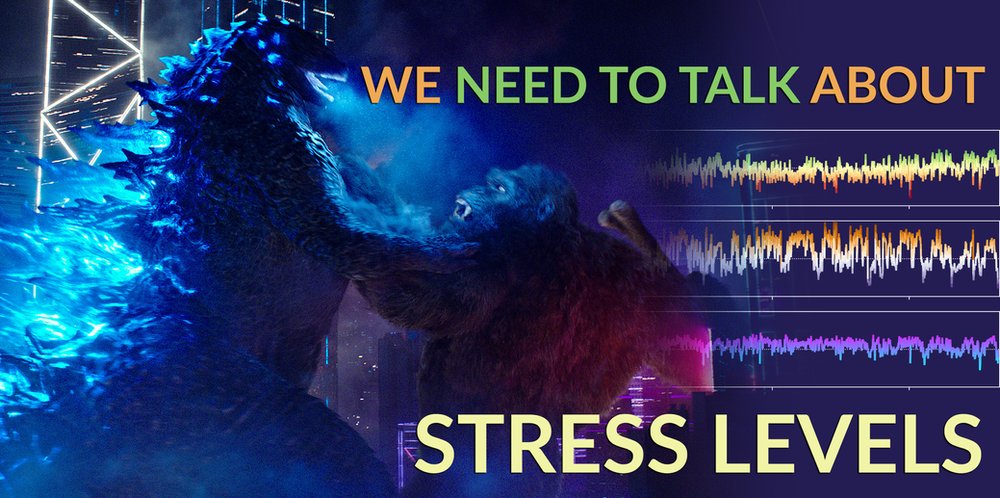
Godzilla vs. Kong (2021) – A Video Content Analysis
In Godzilla vs. Kong, Kong has grown tired of Skull Island. With the help of his protectors he goes on a trying journey to find his true home. What can stop him? A raging Godzilla of course. The initial confrontation between the two titans — instigated by unseen forces — is only the beginning of the mystery that lies deep within the core of the planet. The film has divided the critics, made monster fans real excited and brought people out to the theatres. Looking at the video content analysis of Godzilla vs. Kong, we can learn a few things about it’s stress levels and positive and negative emotions.
Godzilla vs. Kong – Stress Levels
In studying the emotional data for Godzilla vs. Kong two things stand out.
Firstly, this is an action-packed movie. And yes, you have to sit through some slightly confusing build-up, but once the monsters get going, there is nothing stopping them. The tempo is high, the sound design is loud, and the stress levels remain intense and constant.
High-stress levels, without much of a breather, keep the audience on edge and don’t allow for much contemplation. Viewers will have to focus harder on what’s going on to not miss any of the important action points. There are monsters fighting, buildings being smashed, and excitement in the air (will Kong finally beat this laser-breathing lizard?) and you do not get to rest until it’s over.
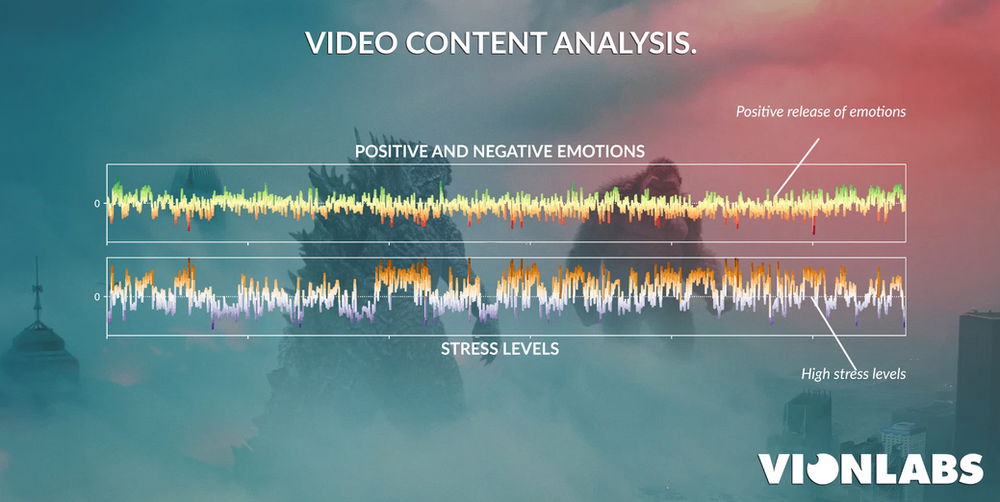
This is precisely why this film provides us with the popcorn escapism we’ve all been looking for. You will not have time to think about what’s currently going on in your life, or even consider whether Alexander Skarsgård’s character had the qualifications of leading this suicide mission anyway.
In fact, a study made by Dr Ping Xiao from UTS Business School and Assistant Professor Anirban Mukherjee from Singapore Management University that looked at movie attendance in India concluded that in trying times people are more likely to turn to movies as a form of escapism, action films and rom-coms being the winning genres.
Secondly, the data for positive and negative feelings evoked during the movie shows us that when there’s been a high-impact negative action scene, we can usually expect some sort of positive release afterwards. Things resolve. There is hope for the future. This pandemic might feel like Godzilla shooting laser beams over the earth, but all we have to do is await another titan and maybe things could be looking out for us.
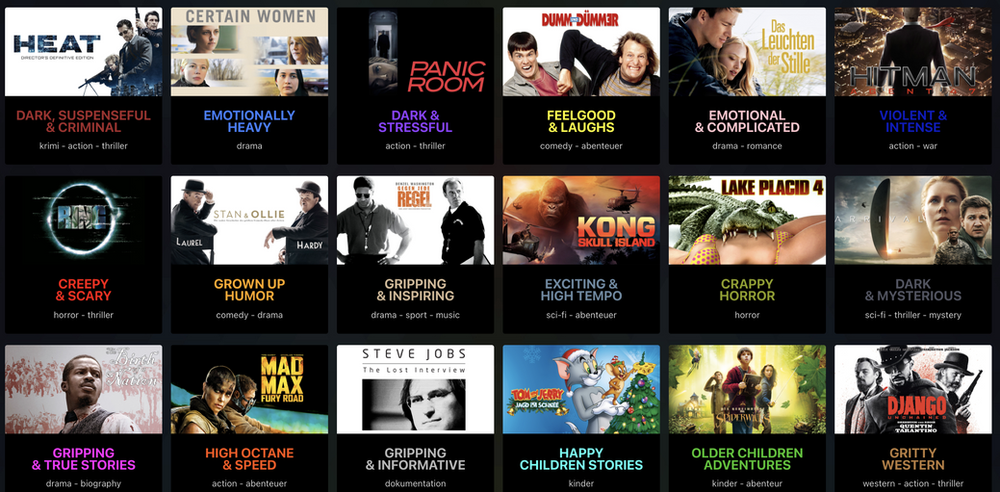
For anyone who has seen the movie, the data points listed above might not seem very surprising. But it’s by using high-quality emotional data and comparing it to other similar movies that streaming services can really reap the rewards of fully understanding their content library, and utilizing it to its fullest potential.
Why not use this data to create mood categories, allowing your viewers who know they are in the mood for something exciting and high-tempo to quickly find the action-packed escapism they are looking for?
Read about how the movie Midsummer is creepy despite not being dark here

